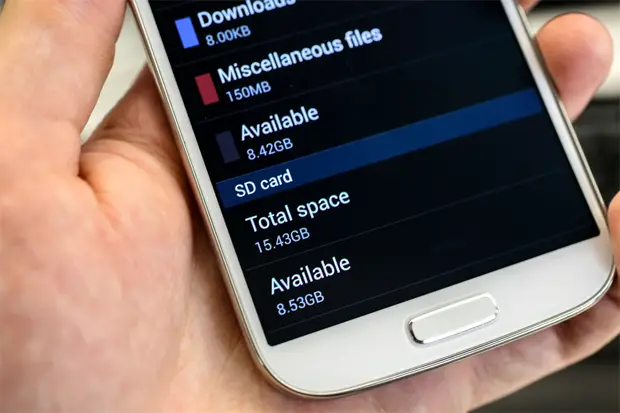
Samsung addresses Galaxy S4 storage issues, wants to see how it can debloat TouchWiz
It’s no secret by now that Samsung’s TouchWiz has become too big for comfort. It’s a rather rich suite of features, but with that richness comes a hefty price — valuable internal storage. The Samsung Galaxy S4 launched late last month and set waves in the community when it was discovered that nearly half of the device’s internal storage was inaccessible.
Users had a valid complaint: when a phone is advertised to come with 16GB, there shouldn’t be close to half of that being taken up for OS use. Sure, formatted storage is always less than the advertised amount, but this falls outside the realm of normal. Initially, it seemed Samsung was brushing the issue off, noting that their phones come with microSD card slots for this very issue.
Unfortunately, the answer isn’t quite that simple. External storage can’t be used to store apps, games and other key app-related data (like offline music files in Google Play Music). With more games exceeding 1GB, apps getting bigger, and other factors it’s easy to see how one can use up all their internal storage in a short amount of time. Yours truly is a victim of those circumstances on the Samsung Galaxy Note 2.

Samsung knows this, though, and has decided it wants to try and do something about it. A Samsung rep revealed to CNet that the company is exploring possibilities for easing the load TouchWiz has on storage. We’re sure any changes won’t result in the loss of features, but perhaps some image resource file optimizations and other compression techniques can be employed. Nothing’s certain, of course, so don’t hold Samsung to it if they eventually decide there’s no easy way to get more storage.
Many folks argue this is a problem Samsung should have solved from the get-go by putting more storage inside their devices. Indeed, if you have a major flagship in 2013 there’s no good reason it shouldn’t have at least 32GB of internal storage (or at least give users more than one option). Samsung didn’t totally abandon that thought as AT&T has an exclusive 32GB option being sold, but that doesn’t do much of anything for those on other carriers.
No matter where you stand on this issue, we have to take this time to remember that things will never be good enough for everyone. We don’t like that Google doesn’t employ external storage on its Nexus devices, but we still put up with it for the sake of getting a Nexus device.
Likewise, if folks want a Samsung Galaxy S4 they’re simply going to have to accept the fact that more than 40% of the device’s storage is inaccessible. It’s a classic case of always having to take the good with the bad, no matter what the situation is. I’m not saying users shouldn’t get on a soapbox and shout — that’s the best way to spark change, and it’s the main reason Samsung is even investigating this issue any further.
But it’s best not to approach this episode with a sense of entitlement, because we ought to be grateful that Samsung’s willing to listen at all. Let’s just keep our fingers crossed that the “bad” in this situation can eventually be eradicated with a firmware upgrade.
